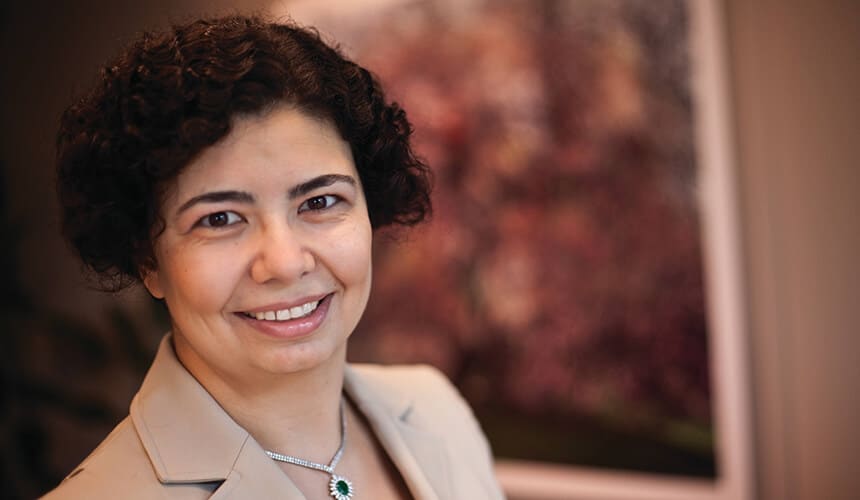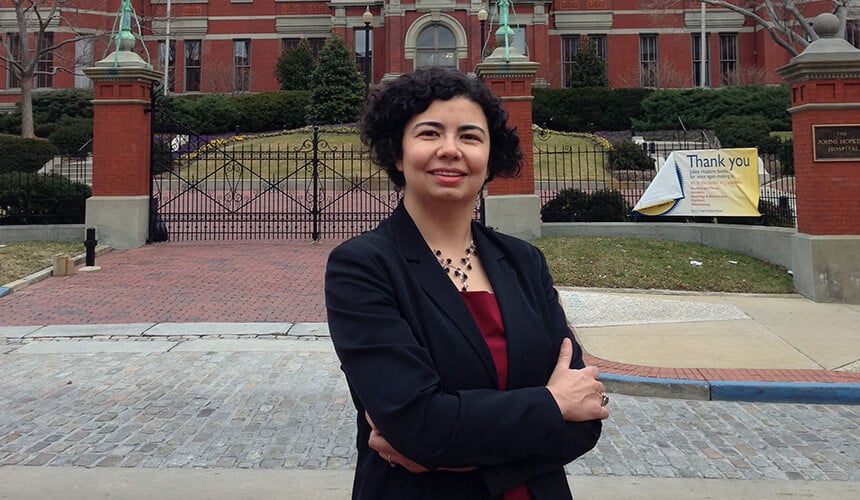Ayse Gurses
Error Eliminator
As an associate professor at the Johns Hopkins University School of Medicine, Ayse Gurses PhD2005 uses her doctorate in industrial and systems engineering to improve the safety and quality of health care. Her 31-page resume details her extensive success in the field of patient safety and human-factors engineering. It also lists seven Johns Hopkins departments or institutes where Gurses holds faculty appointments — including civil engineering, health sciences informatics, and health policy and management — attesting to the profoundly interdisciplinary nature of her work.
Earning her PhD on a campus with a strong academic medical school, a hospital, and an industrial engineering program allowed her to learn about systems engineering as it relates to health care firsthand.
“UW–Madison provided me with the ability to learn and conduct high-quality, theory-driven research that is based on practical, real-life situations,” she says.
Her research saves lives by eliminating preventable errors. In a study of cardiac surgeries in five hospitals, she and her colleagues found patient-safety hazards in 58 categories. For instance, hand sanitizers were out of doctors’ reach, and different units were using different types of intravenous pumps, forcing medical staff to change equipment and thus increasing the chance for mistakes.
During the 2014 Ebola outbreak, Gurses led a team of 40 that developed a training program to improve the safety of healthcare workers when caring for Ebola patients in emergency room settings.
Her achievements in the area of human factors and ergonomics have gained her worldwide recognition. In 2013, she earned the Early Career Investigators Award from the Federation of Associations in Behavioral and Brain Sciences, which honors those who have made major scientific contributions within 10 years of earning their doctorates. She is also a 2014 recipient of the Wisconsin Alumni Association’s Forward under 40 Award.
Gurses plans to continue developing engineering solutions that effectively address multiple health care system issues concurrently. “In my future research, I would like to work more closely with patients and family members to design a safer health system that is also more patient and family friendly,” she says.
 59° F
59° F
